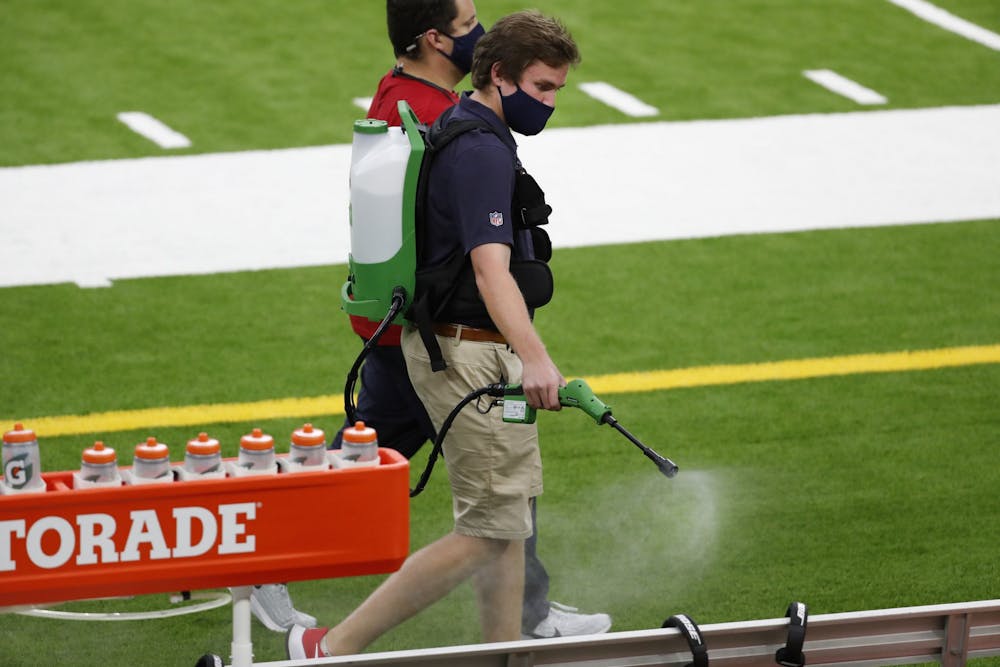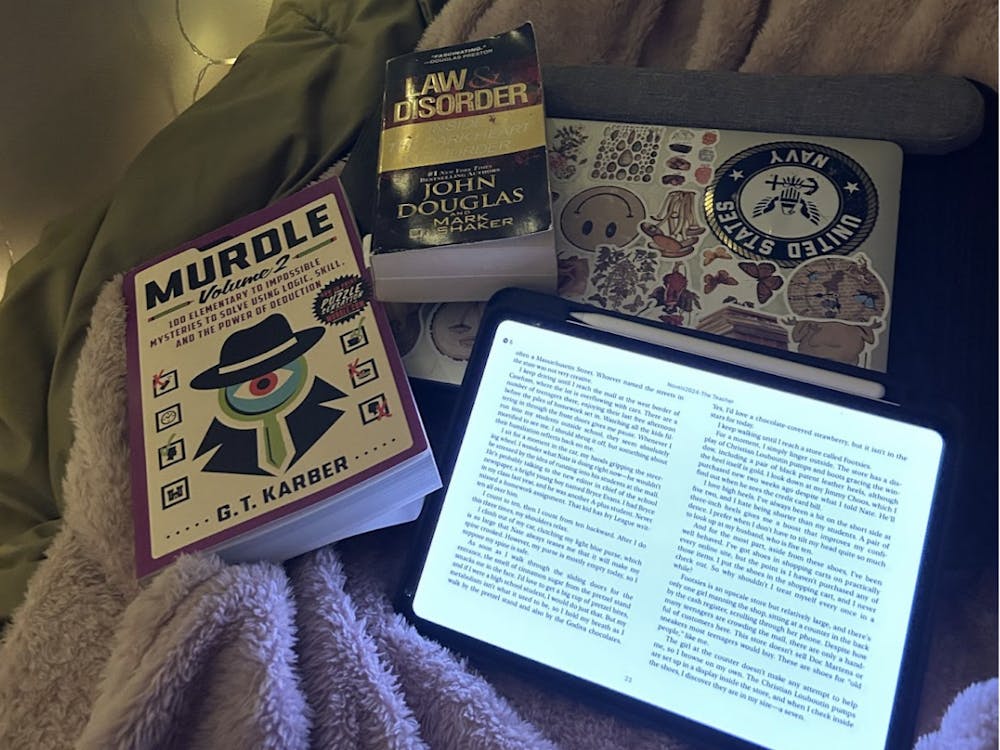The National Football League (NFL) is slated to kick off on Sept. 10 with the defending Super Bowl Champion Kansas City Chiefs taking on the Houston Texans. All seems to be normal in the sports world, but there is just one problem: The coronavirus (COVID-19) pandemic is still here. So far, 66 players have opted out of playing this season due to concerns of the virus, and understandably so.
According to ESPN, current safety measures include: daily testing for all players except on game days, “strongly” encouraging but not requiring coaches and players to wear masks on the sidelines and keeping the coin toss between only one player from each team. In theory, the precautions should be able to keep the league running, let the healthy players get out on the field and keep the infected ones off it.
But with at least five teams allowing fans and several other organizations not ruling out the option, and in a game that is the epitome of a contact sport with so many moving parts — including higher roster counts and frequent travel — the NFL is not doing enough to keep its players safe.
The National Basketball Association announced a few weeks back that it had gone over a month without any new cases in its Orlando “bubble.” The playoffs are currently on with no signs of stopping. The National Hockey League shared similar success, as they keep players localized either in Toronto or Edmonton. Postseason play is in action here as well.
Keeping players, coaches and other essential staff on a single site would have been the most viable way to bring the season to its completion. With teams traveling across the country to play their games, expect to see the postponing of games, like Major League Baseball, at best and a shutdown of the season at worst.
But there is more at stake here than losing the thrill of watching the NFL on Sundays.
The Big Ten Conference postponed its season after several students were found to have myocarditis. Obviously not pertaining directly to the NFL, this announcement still challenges the notion that young athletes are invincible to COVID-19 and probes at a deeper question that is yet to have a clear answer: What other long-term effects does this virus have?
I am as excited as the next fan to see the NFL come back (Go Eagles!). My intention is not to stir fear or even discredit the NFL in any way; in fact, I commend the extent to which it is testing. Just last week, the NFL announced that only four out of 8,379 players tested positive.
And I could very well be wrong about my take that the season is likely to see postponements or a premature end. Perhaps I am underestimating the financial power and lengths executives and owners will wield to keep games running to keep that sweet stadium/commercial revenue coming.
But the main takeaway here is that the NFL — including these same executives and team owners — should be doing more to keep players and other personnel safe from the virus.
Fans should be watching from home this fall. Masks should be required on the sideline, not simply recommended. Games should have been set for a neutral location, not at stadiums around the country. Higher standards should be set for keeping distance between players on the sidelines.
With relatively lax regulations, every person that steps onto the field is at risk for an illness which long-term effects are still yet to be determined. There is more to lose than just a season, and owners should know that and not prioritize ticket sales over players’ and coaches’ health.
If this season ever comes to a halt, know that more could have been done to prevent the stoppage of play.





